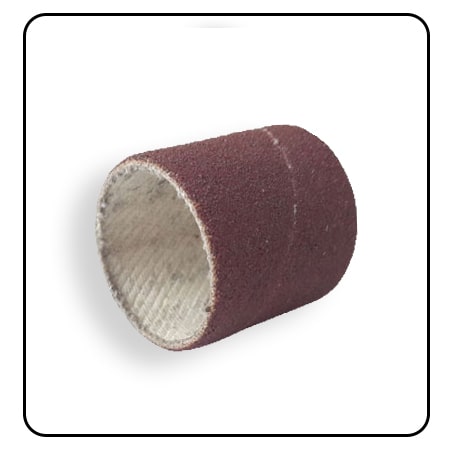Maintenance and Care
Preventive Maintenance Schedule
Regular maintenance ensures optimal loop sandpaper performance, extends belt life, and maintains consistent surface quality. Establishing a systematic maintenance routine is essential for professional operations.
| Maintenance Task | Daily | Weekly | Monthly | Quarterly |
|---|---|---|---|---|
| Belt Inspection |













